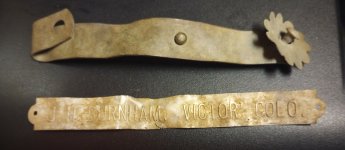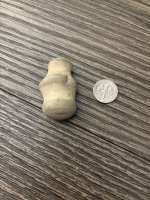Jagdpanther
Sr. Member
Wanting opinions based on field experience when test panning for gold. What have you found to be the best method for testing an area prior to setting up the production equipment? Test every X number of feet along a stream, remove some overburden before taking a sample and how many colors to the pan before you think it's worth the time and effort to work a spot (say your seeing gold in the 20 mesh range; 10 colors, 20, etc.)? 
Upvote
0







